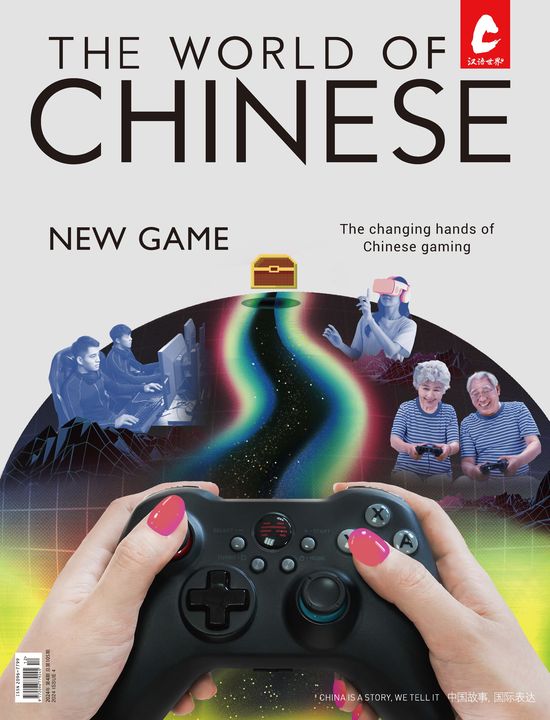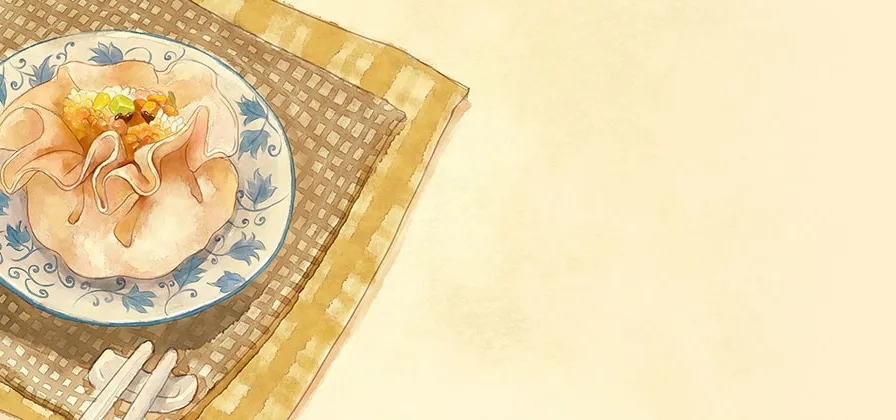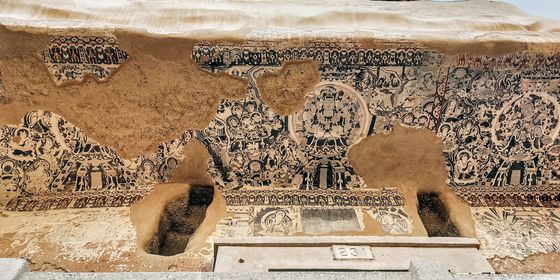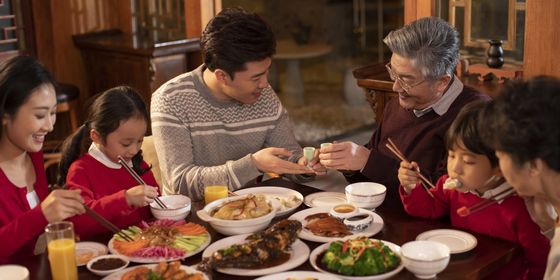This former side dish won’t be sidelined
Shaomai (烧麦), also known as siu mai in Cantonese, is a type of dumpling. They are also considered to be a type of dim sum as, contrary to some Western interpretations, dim sum is not a type of meal but rather a reference to many different foods served in small dishes.
Though the most popular version outside of China is the Cantonese siu mai—due in no small part to the Cantonese diaspora that spread it around the globe—there are many varieties of shaomai that have been adapted to different regional tastes throughout the country.
Able to be made in the steamer or the frying pan, shaomai is wrapped in a thin, round sheet of unleavened dough with a pleat border. The filling, usually including meat, is put in the center of the wrapper; that wrapper’s border is then loosely gathered at the top, forming a “neck” and a flower shaped crown. A green pea or a piece of carrot is often placed on the opening at the top as decoration.
The dish is considered to have originated in Hohhot, Inner Mongolia, between the Ming and Qing dynasties, described in historical records as being a side dish eaten alongside tea in tea houses. The name at that time was “捎卖”, literally meaning “sold on the side”. Because tea houses were usually upscale environments, they never served fried or stir-fried dishes as the oil and smoke might put guests off. So, if the guests wanted something to eat, they had to bring it themselves; the teahouse simply provided steamed wrappers for the food.
Today, the same measurements are used as in the old teahouse days. Shaomai are served in liang, which are each equal to 50 grams. But be careful, because that’s the weight of the wrappers and not the entire shaomai. Usually, one liang means eight steamed or pan-fried shaomai. There is a saying in Hohhot: “Two liang of shaomai are enough for a strong man to eat himself to death.”
Another origin story for this dish begins with two brothers making a living selling baozi, or steamed buns. After the older brother got married, he and his wife took over the baozi restaurant and managed all the money they earned. The younger brother became a waiter. In order to make his own money, the younger brother began to make a different kind of baozi with a thinner wrapper and an open top. In a fitting episode of poetic justice, people loved his version and named it “捎卖”, since it was first sold as a side dish for baozi. Shaomai is considered to have been brought to Beijing and Tianjin by merchants from Shanxi Province. The name was then transformed into its modern form, which uses two different characters but the same pronunciation.
Today, people usually eat shaomai for breakfast or brunch, and it is commonly served with vinegar and tea due to its richness. The shaomai filling varies in different regions; it could include pork, beef, chicken, or mutton, along with many other ingredients like mushrooms, bamboo shoots, scallions, and sometimes rice. In the South, people like to add crab roe or shrimp; northern China prefers more ginger and onion. Innovation is always welcome in the realm of shaomai. And, if you’re intimidated by the wrapper, you can always find some ready-made versions in the supermarket. So, get in the kitchen and let’s see what we can add to the culinary history of shaomai.
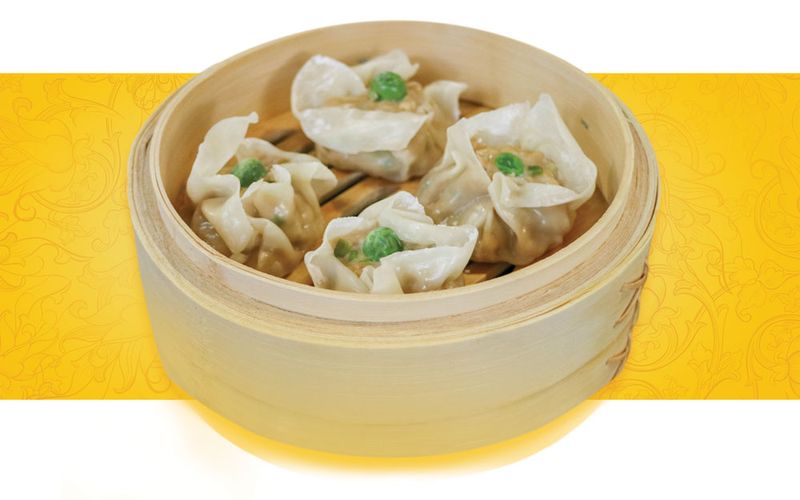
Ingredients
80g water chestnuts (chopped) 荸荠
4 tbsp spring onions (finely sliced) 小葱
2 tsp ginger (minced) 姜
1 tbsp cooking wine 料酒
1 egg 鸡蛋
1 tsp salt 盐
0.5 tsp sugar 糖
0.5 tsp white pepper powder 白胡椒粉
1 tsp sesame oil 香油
2 tbsp soy sauce 酱油
2 tbsp corn starch 玉米淀粉

To make the filling, mince the chicken, chop the water chestnuts into very small chunks, and cut the spring onions and ginger into small pieces. Mix the ingredients.
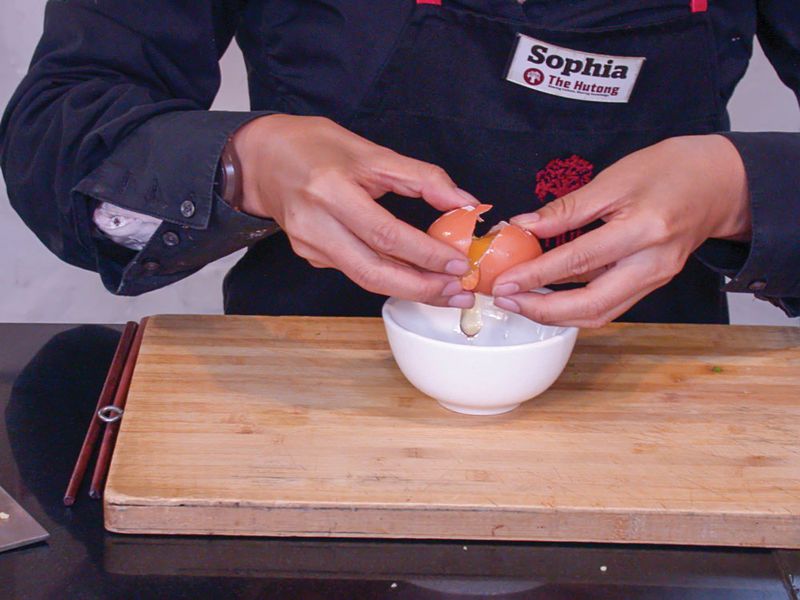
Separate the egg white from the egg and add it to the mixed ingredients

Add corn starch and all the other seasonings
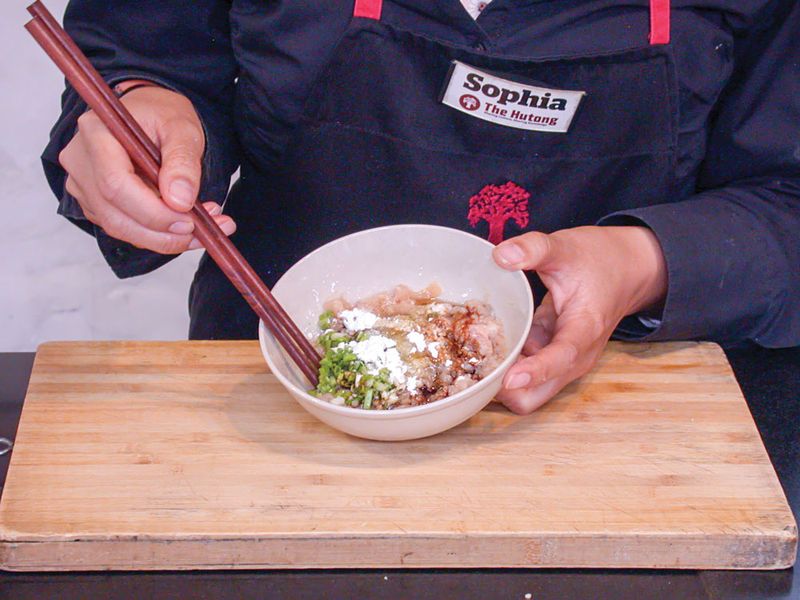
Stir the mixed ingredients until they form a thick meat paste. Set the filling aside for later use
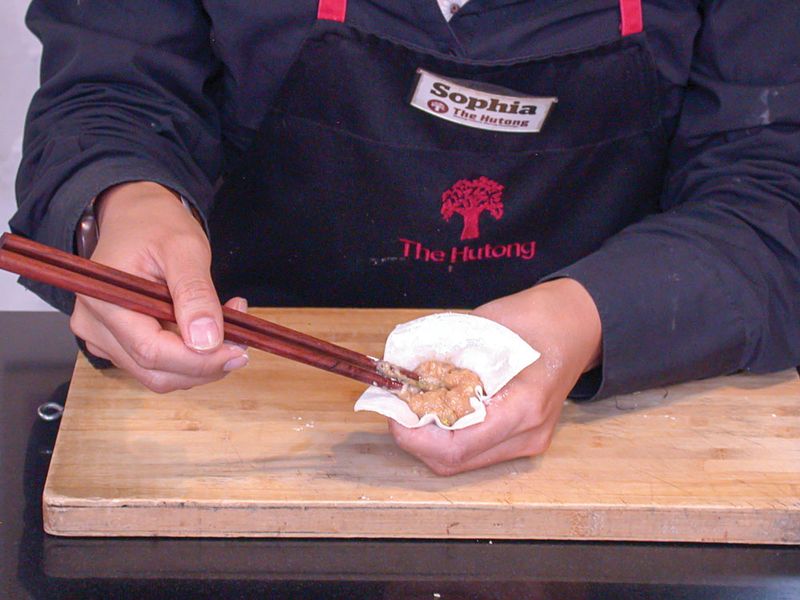
Place one tablespoon of filling into the center of the wrapper and gently press down on it
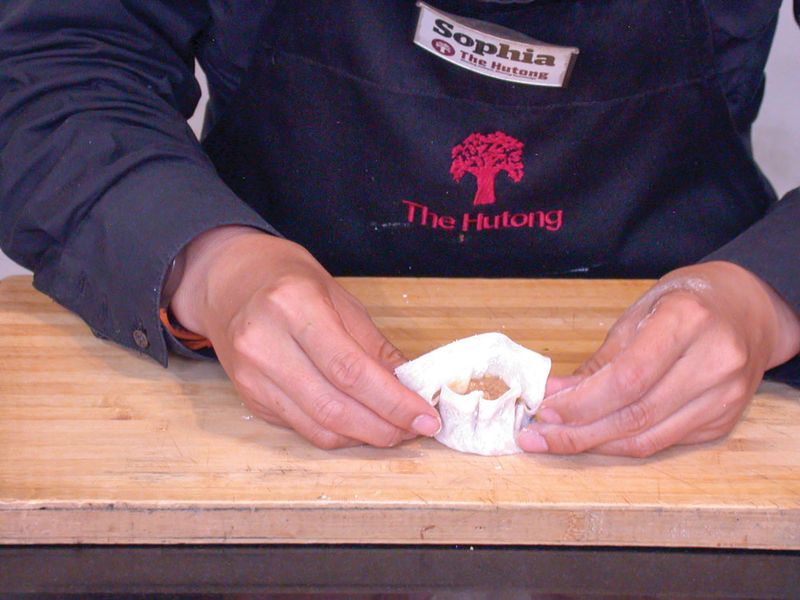
Fold up the sides of the wrapper and leave the center open
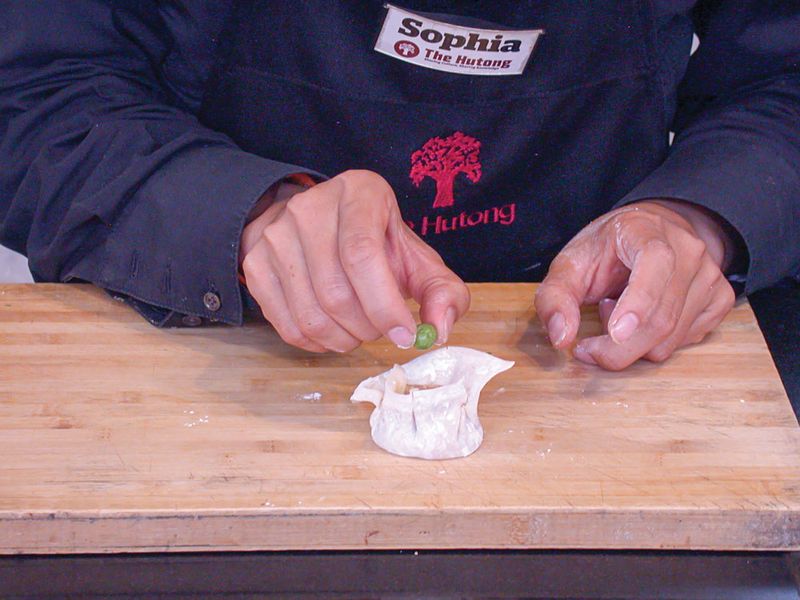
Top with one green pea on the center

Place the wrapped shaomai into a steamer lined with a cheese cloth, cabbage leaves, or other non-stick material. Steam for eight to 10 minutes on high heat until cooked
“Succulent Shaomai” is a story from our newest issue, “Climate Change”. To read the entire issue, become a subscriber and receive the full magazine. Alternatively, you can purchase the digital version from the iTunes Store
